In the puerh storage world there has been a fierce debate in the past decade or so between those who believe in “dry storage” and those who don’t. Until the appearance of “dry stored” puerh, there has only been one way to handle this tea. The vendor (and it’s always the vendor — individual consumers didn’t buy raw puerh cakes, period) would take in his big order (we’re talking hundreds of cakes or more). Having evaluated the tea, which usually comes through a middleman who handles the actual transaction, he would decide what to do with it and how to handle it. Then, the tea goes into the “ground storage” 地倉unit, which is usually some basement in a building on a hill or something similar, so that it’s quite damp and dark. Usually, the storage unit already has lots of tea in there, aging, and the vendor would make room for the tea.
Now, this environment is usually high humidity and high heat — it gets hot in there for natural reasons (Hong Kong can get to 30C+ in the summer). Now, the tea isn’t just stored in there forever, and isn’t just going to stay in there for the duration of its life until it’s sold. The teas were put on little wooden platforms so they don’t touch the ground, and likewise they do not hug the walls — all to avoid excessive moisture accumulating. Also, the teas would get “rotated” every few months, which is actually a fairly big operation. What it does is to even out the aging process. So, a jian of tea that was sitting in the darkest, wettest corner of the storage unit won’t stay there forever, but instead moved out to the front where it’s drier and airier. The stuff that has been in the open before now gets the dark corner, etc. The same is true for how high the tea is placed (stuff on top gets moved down, vice versa). It is, I think, important to emphasize that they want to avoid excessive moisture.
This storage process differs by the tea and the vendor, but generally speaking, from the different vendors I’ve talked to, a tea normally would not stay in a ground storage facility for more than two years. Then the tea gets moved to a regular, dry storage facility, where the “removing the storage” 退倉 process begins. This would take much longer — six, eight, ten years, or whatever the vendor deems sufficient. It is only then when the tea is ready.
When I first started talking about wet storage on rec.food.drink.tea, I remember there were people who were quite skeptical of what good could possibly come of wet stored teas. In their experience, wet stored stuff was bad — unmitigated disaster, basically. Moldy, smelly, ruined, and dangerous — it was something to be avoided at all costs. For those who’ve never seen this stuff before, it can indeed look pretty frightening, especially the stuff that has a lot of white frost on them, like this:
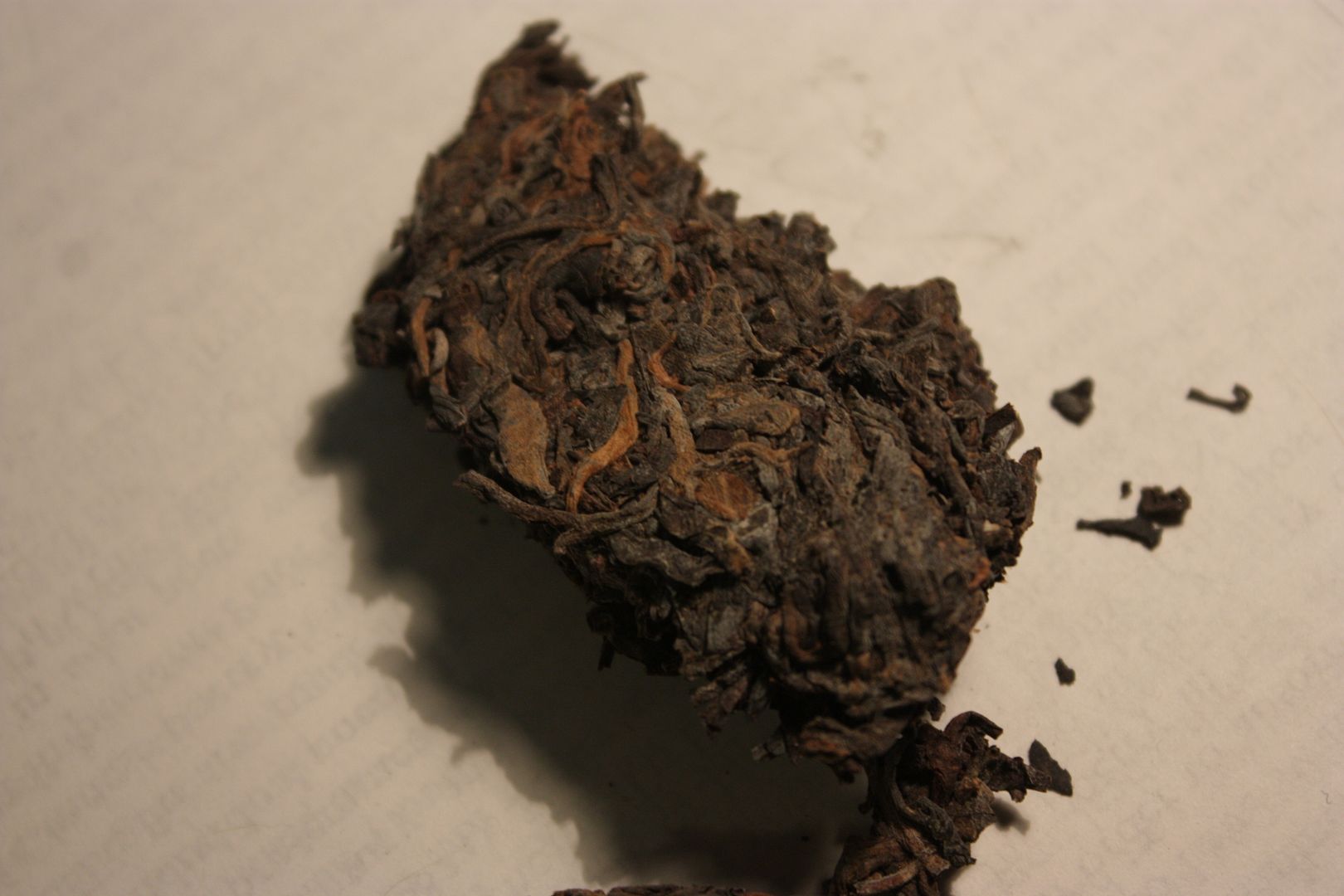

It’s not that obvious here, but you can see white here and there on the leaves. If you don’t know what you’re looking at, you can easily take this to be bad, spoiled tea, only fit for the garbage. It looks bad, and it even looks bad when it’s in a cup — dark, almost pitch black sometimes, and generally looking somewhat murky, with that musty smell. If the “removing the storage” part hasn’t really been completed, or done poorly, it can still smell strongly of the ground storage unit, which can sometimes be a bit offensive to the untrained palette.
However, I am pretty sure this stuff is safe. After all, millions of people in Hong Kong drink this sort of thing every single day in restaurants everywhere. If it’s dangerous, its dangers are not apparent. Also, this method of storage means that each teahouse has its own flavour — after a while, if you keep going back to the same stores for different kinds of puerh, you’ll start to notice that each have their distinct “house” flavours, no doubt related to how they store and handle their teas. In this way, buying a puerh is as much buying a product of the original producer, as you are buying a “finished” (as opposed to raw) product from the tea vendor.
Now, dry storage — this is a term that really started showing up in, I believe, the 90s, and took on a whole new life after 2000. It is often attributed first to Vesper Chan of Best Tea House, although that distinction is questionable, but he’s probably the guy who’s the earliest and biggest beneficiary of this. What dry storage proponents believe is that traditionally stored puerh has a crucial flaw — that the process of putting the tea in ground storage fundamentally alters the way the tea tastes and smells, and some would also claim that it weakens the tea’s qi, and all the other stuff. On the other hand, something stored purely in a dry environment, meaning without ever going into that ground storage unit, would not have this problem. It retains the strength and the aroma of the original tea better. The downside is that it takes a lot longer to age. The tea also keeps its astringency a lot longer, as well as the bitterness.
It is also important to keep in mind here that dry storage doesn’t mean bone dry, “store it in a desert” storage. It means keeping it in an environment where there’s still a healthy amount of moisture (it’s Hong Kong, after all) and let it age naturally. Also, dry storage proponents, the ones who practice it on a large scale anyway, don’t generally store their teas in open air places — they are still storage units that are mostly closed off, shut off from sunlight, and stored carefully. Leaving it in a really airy corridor in the middle of an open air terrace in Arizona is not their idea of dry.
I think when it comes down to it, whether you like dry or traditional is really a matter of personal preference — there’s no easy answer to this. Those who use the “health” argument against traditionally stored teas are, I think, wrong, and increasingly, my friends in Northern China who used to hate that stuff are coming around to it. Dry stored teas have their place as well, I think, as it is really the theory that underpins home stored tea — before this, as I mentioned, nobody bought raw cakes. When YP, a really knowledgeable tea friend in Hong Kong, went with her friends in search of green, raw cakes in the 90s, the vendors basically stared at them like they’re from Mars, asking “you want WHAT? Why would you ever want that stuff?” It just wasn’t done until pretty recently. The fact that we all have tongs of teas in our own houses now is because we think we can do it ourselves.
One problem with traditionally stored tea is that it is often confused by consumers with fake tea — those teas that have been sprayed with water and (as one report had it a few years ago) literally left in the pig sty to age, or stuff made with discarded tea leaves not fit for human consumption, but made to look old. Traditionally stored puerh is most definitely not fake. It may not be your cup of tea, but it is very, very real, and it has been around longer than dry stored teas.
With that in mind, I would like to propose a shift in nomenclature — the use of the term “traditional storage” to substitute for the term “wet storage”. We can relegate “wet storage” back to where it used to be — where the fake teas belong. Traditional storage, on the other hand, is a venerable method of preparing tea for consumption in a very specific and technically skilled method. I think it deserves its place in the sun.

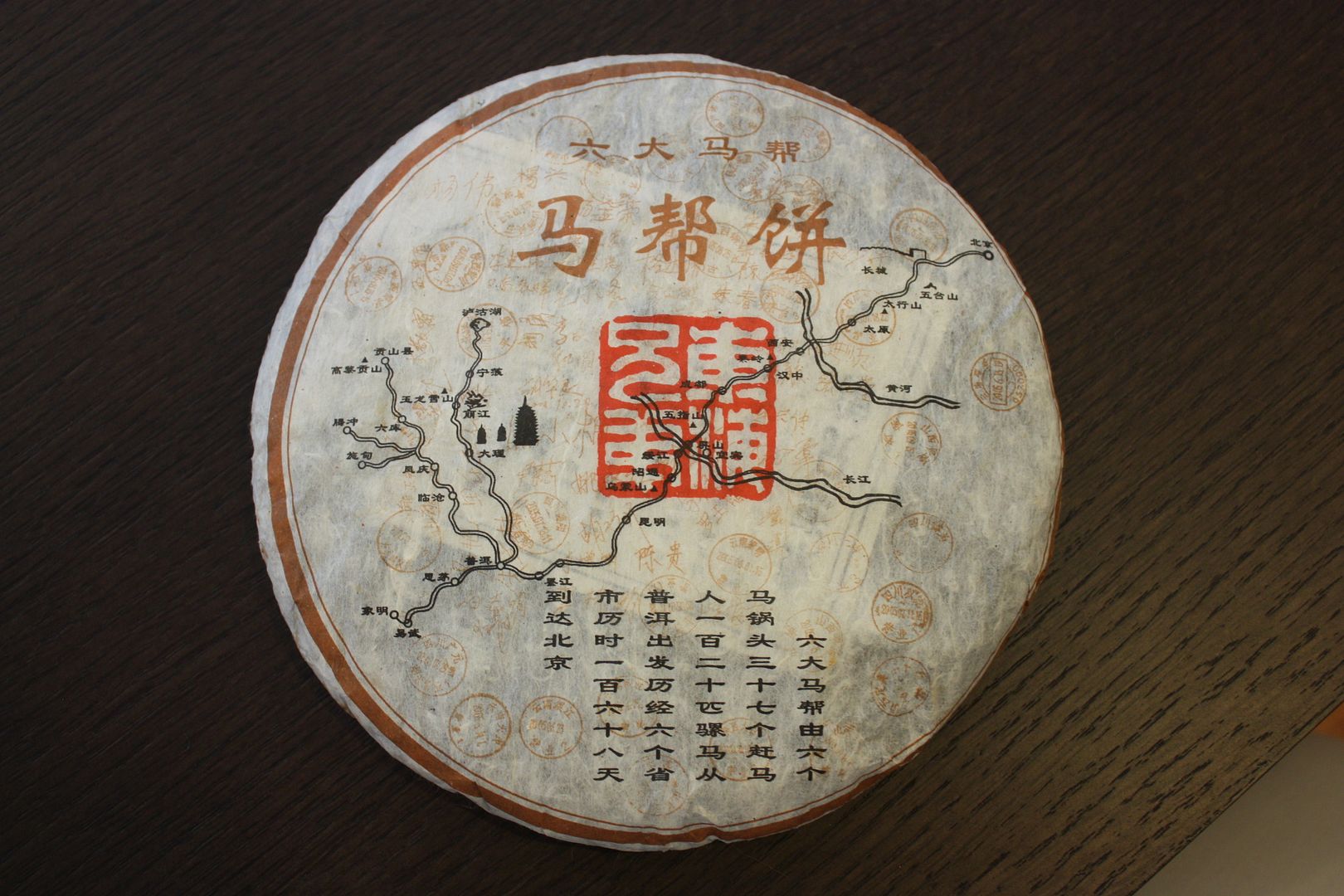
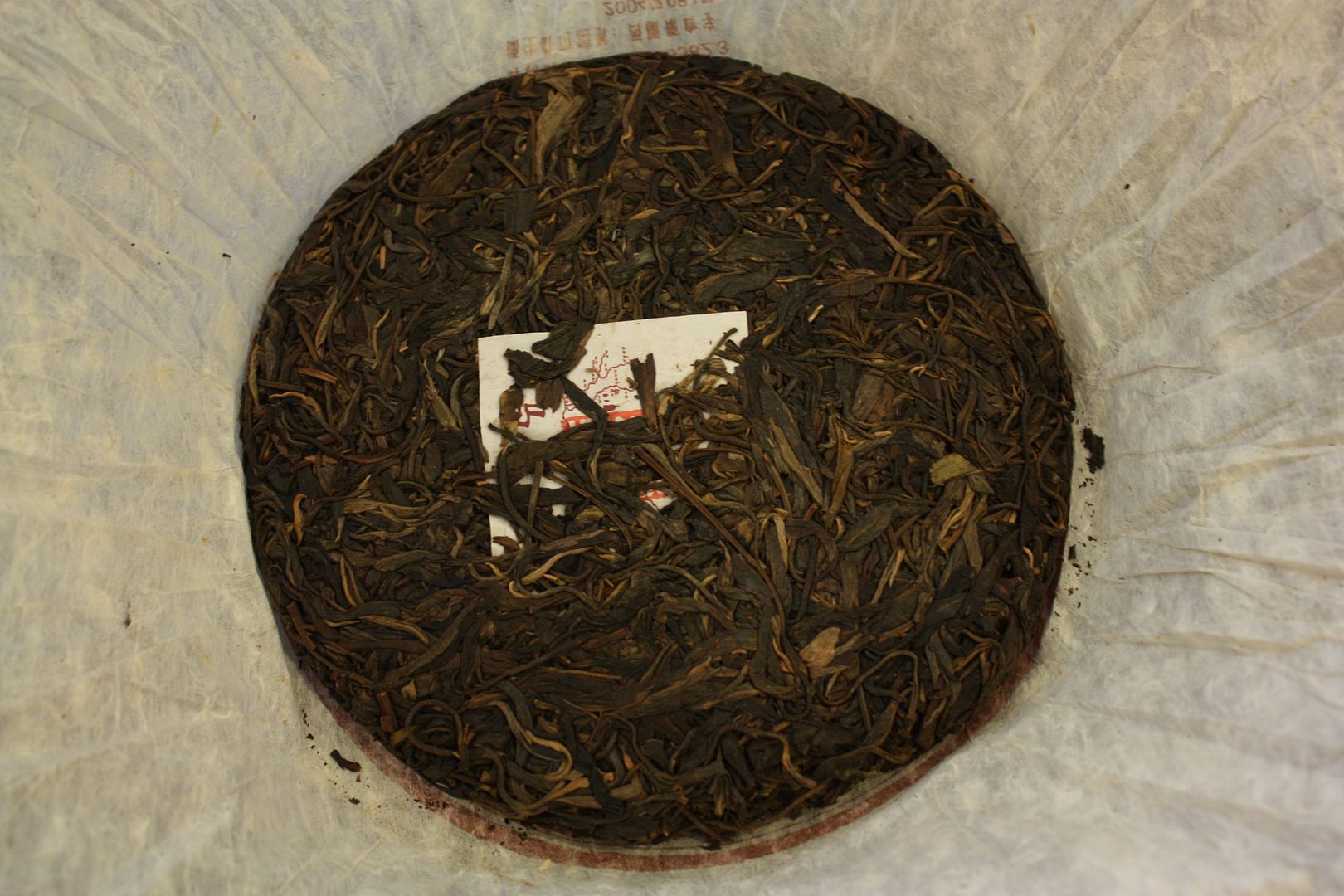

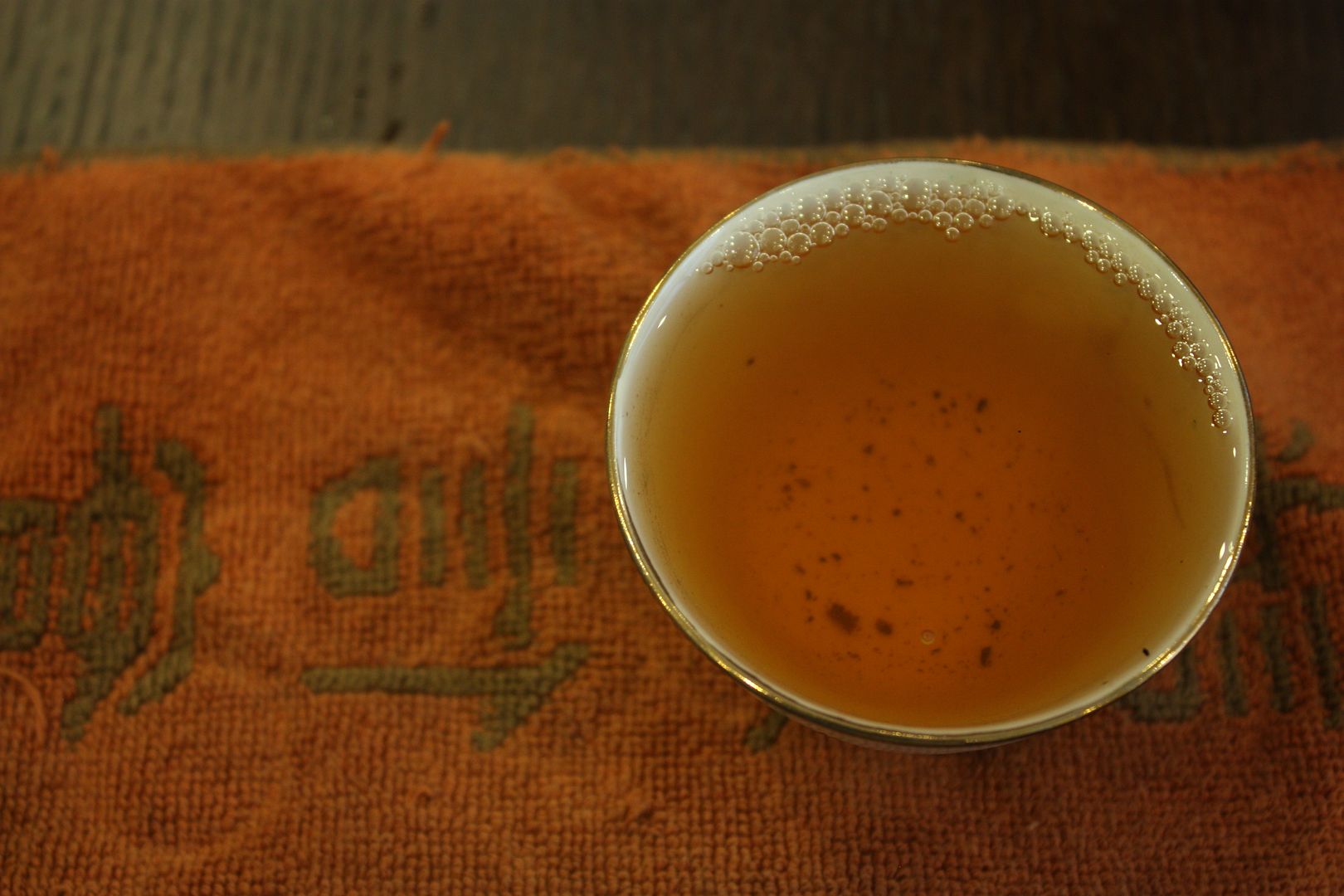

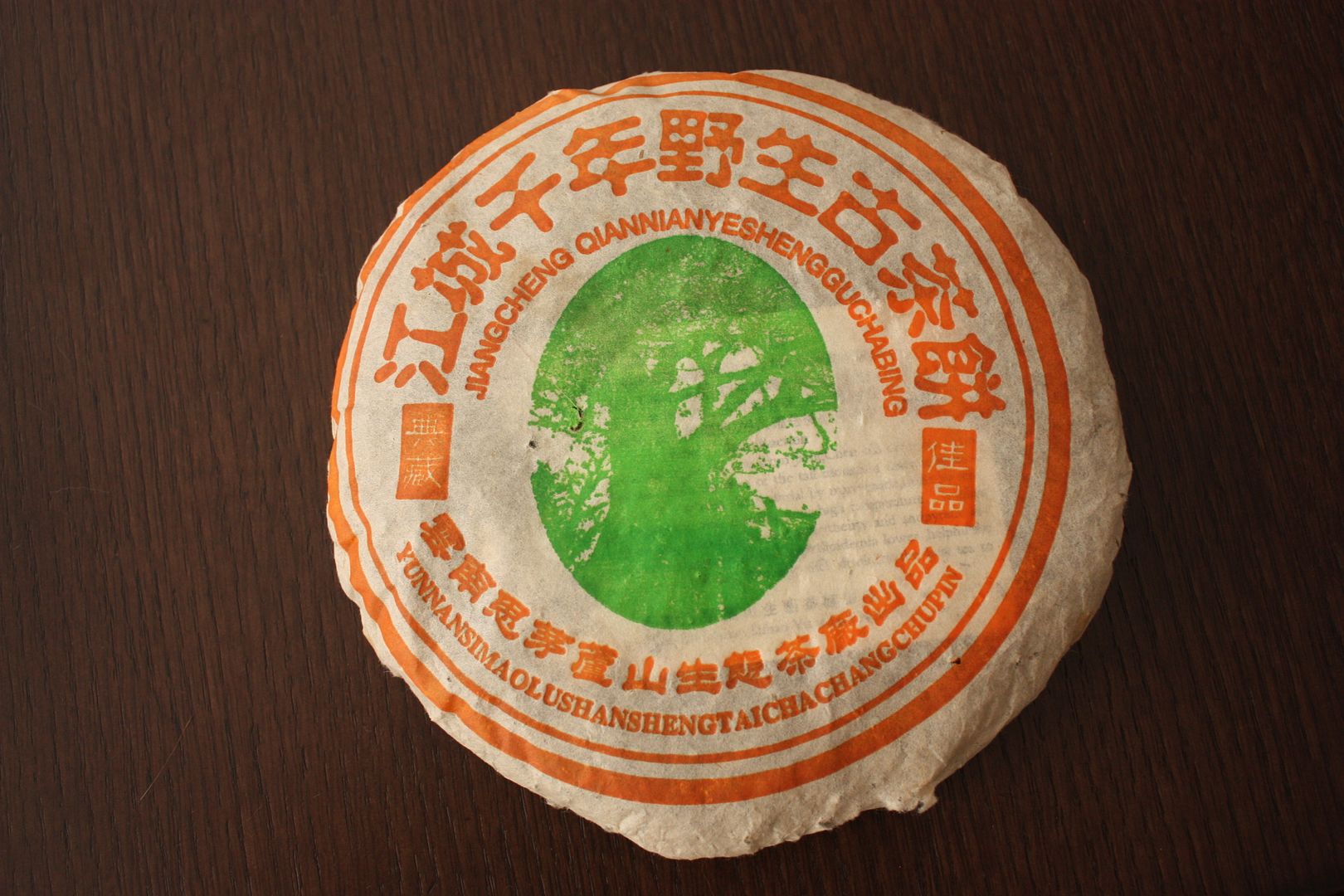
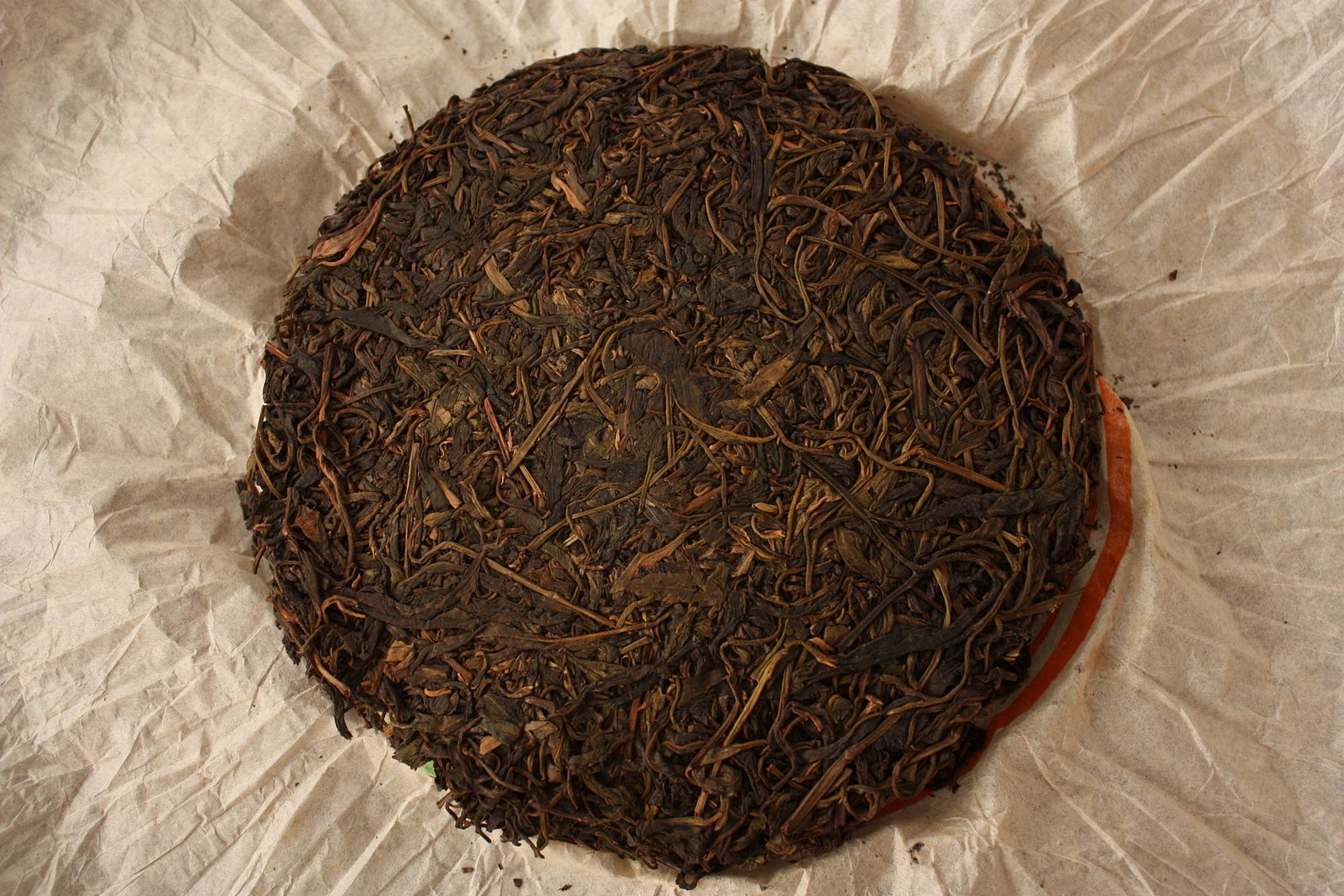
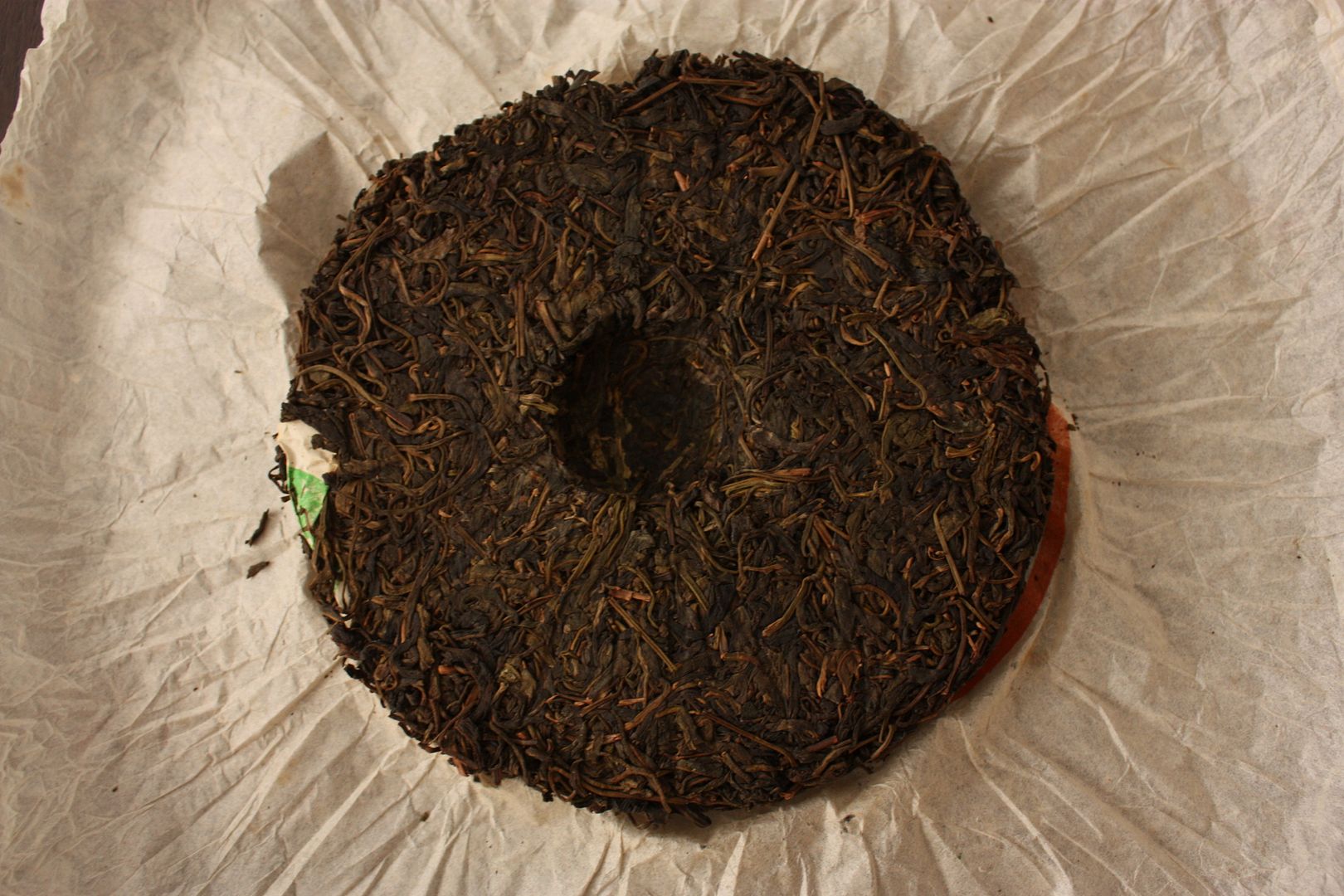
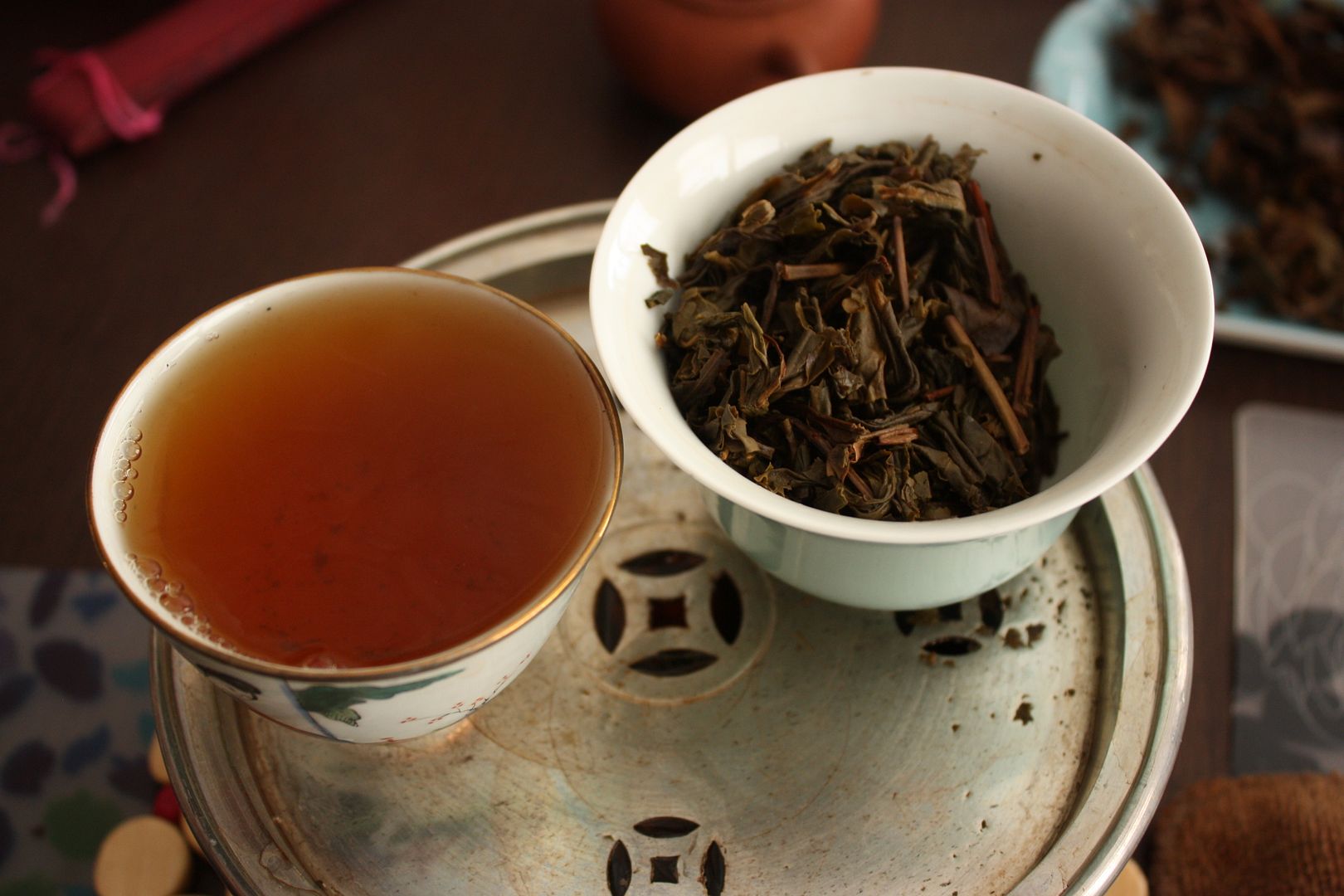

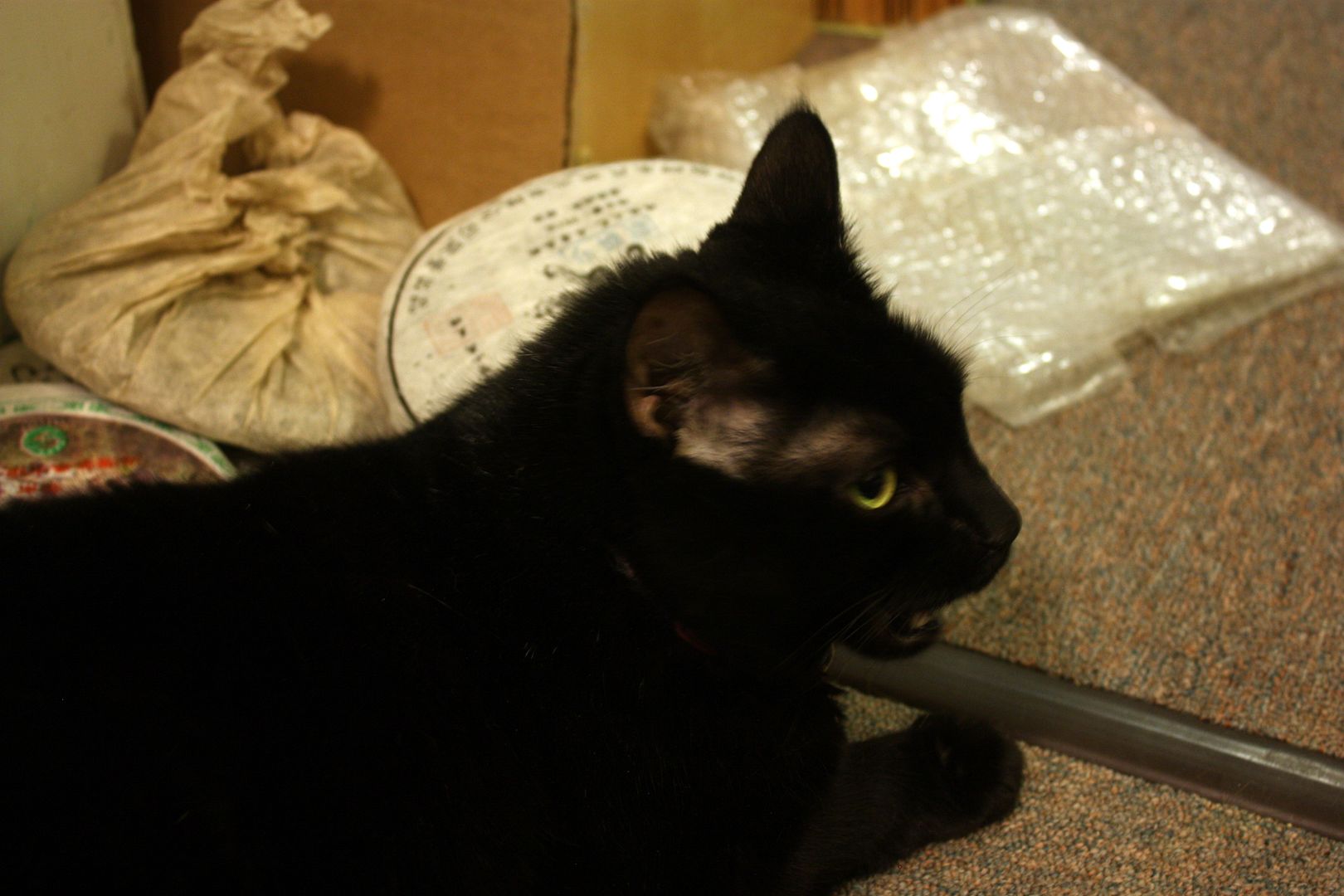
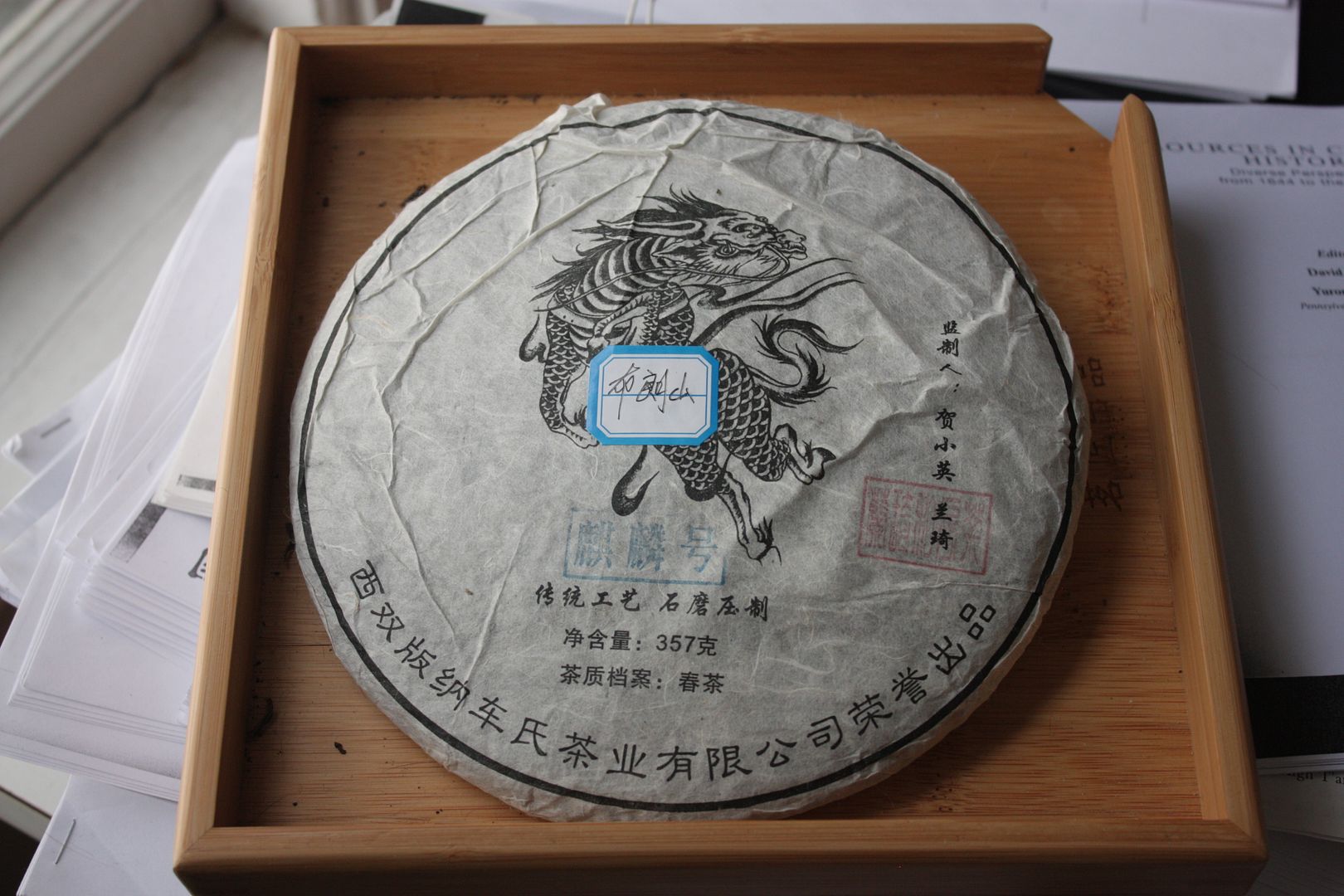
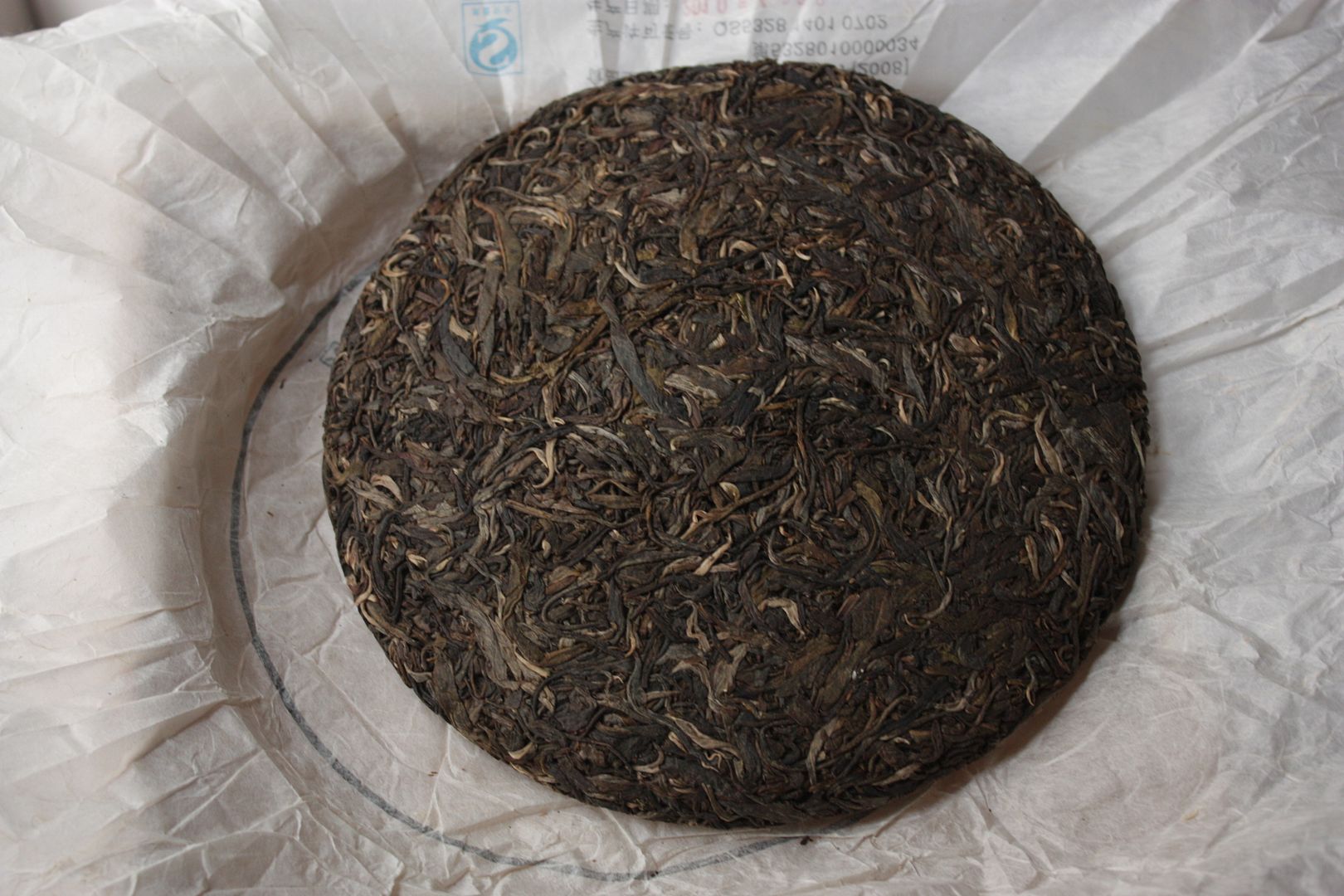

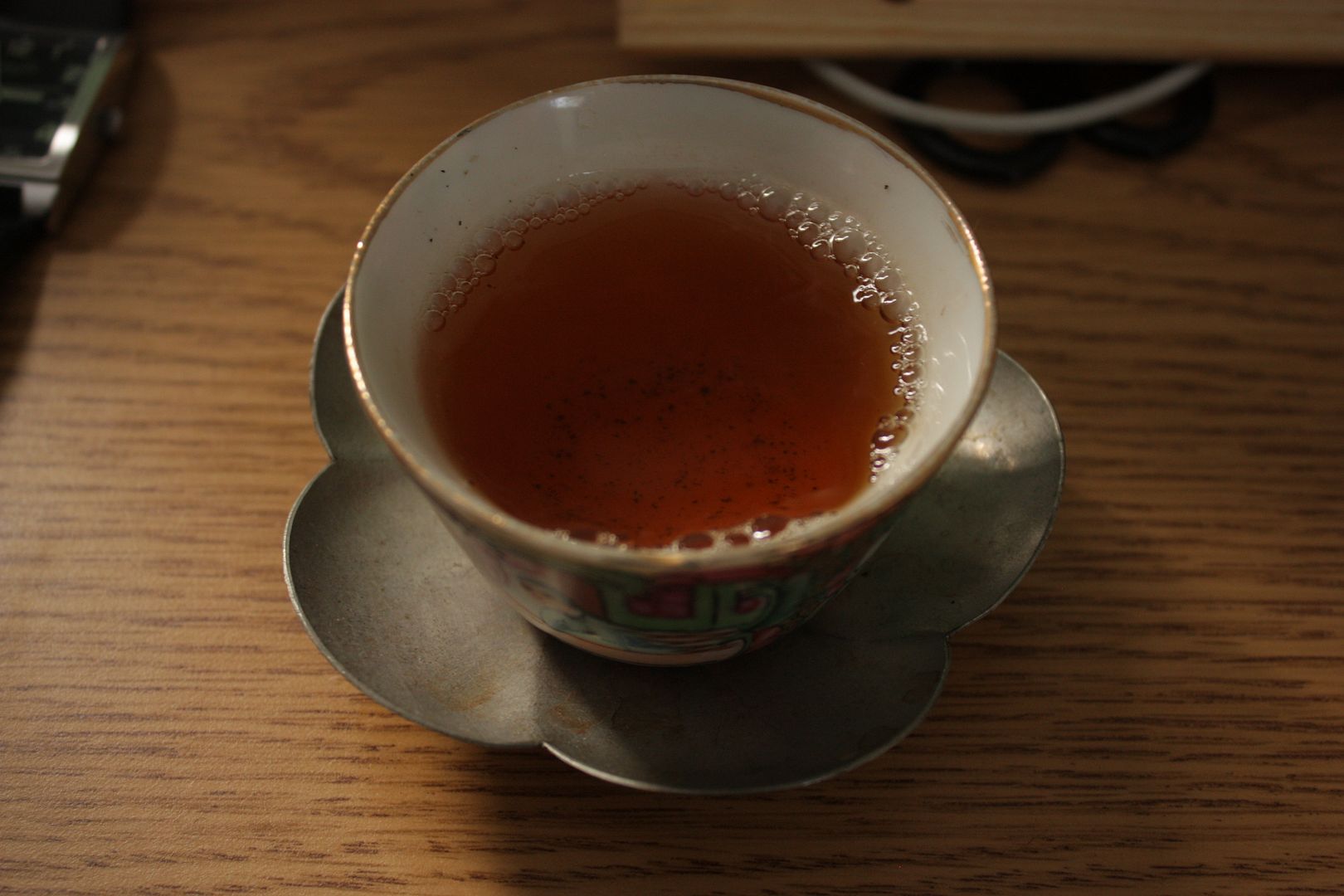
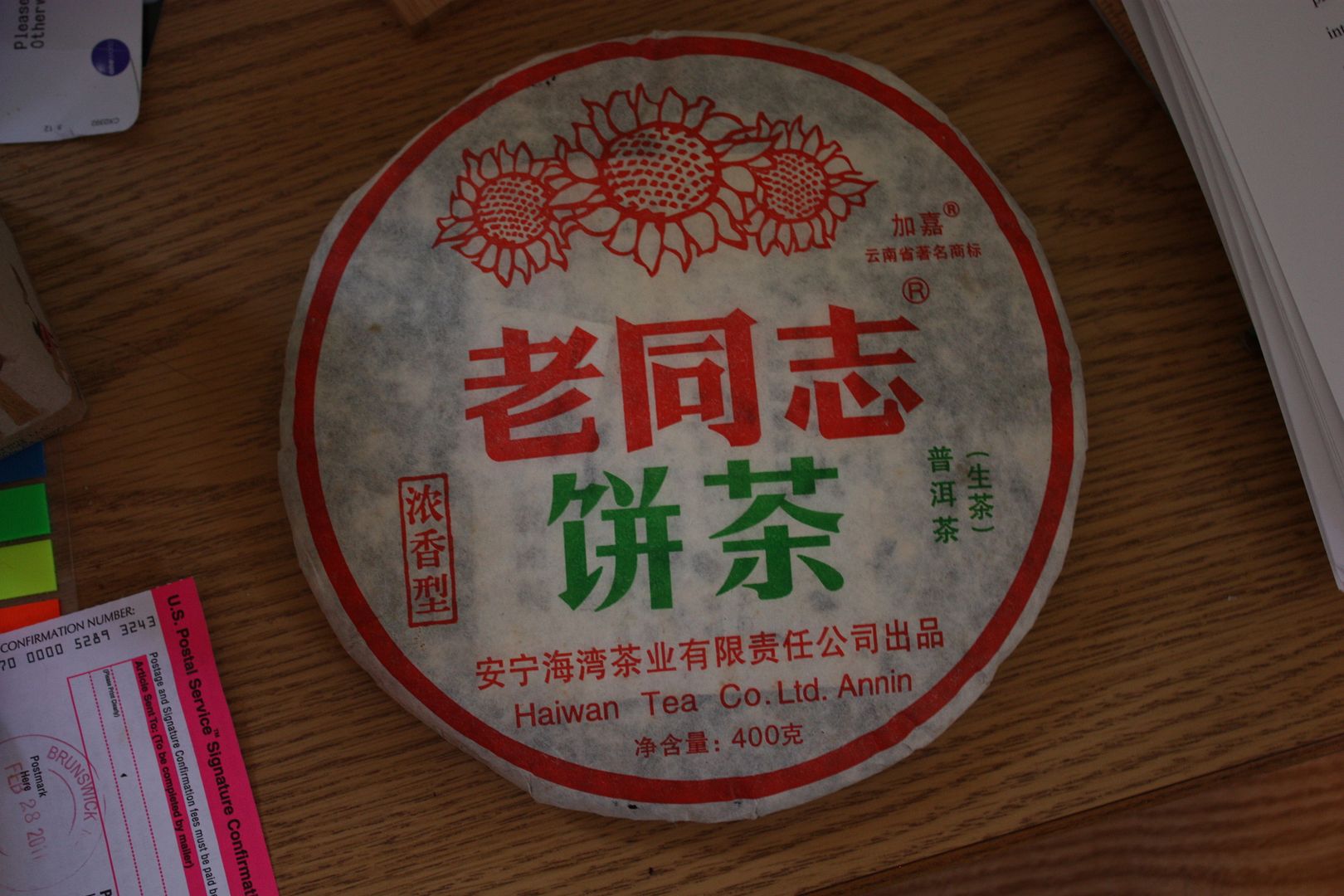

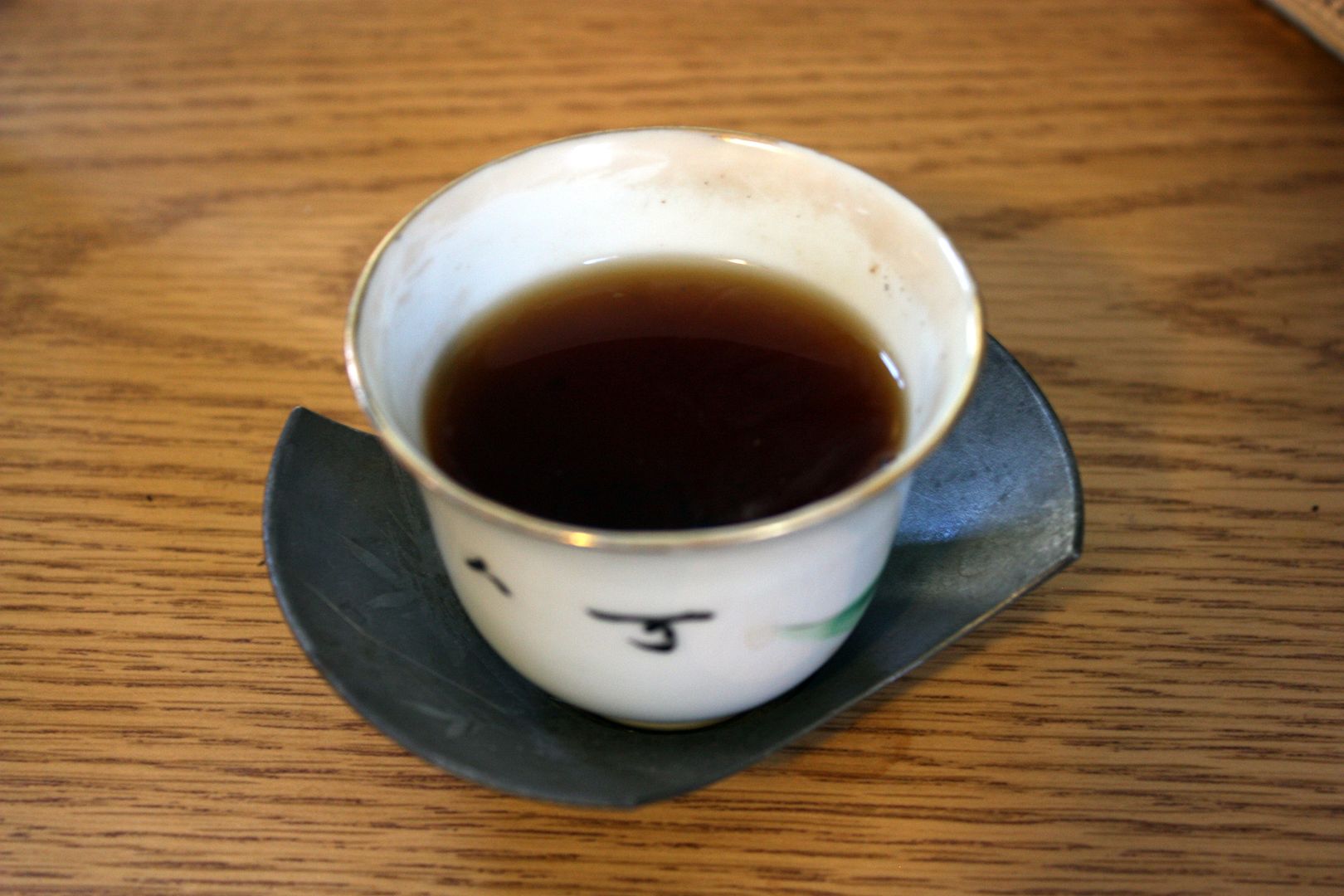
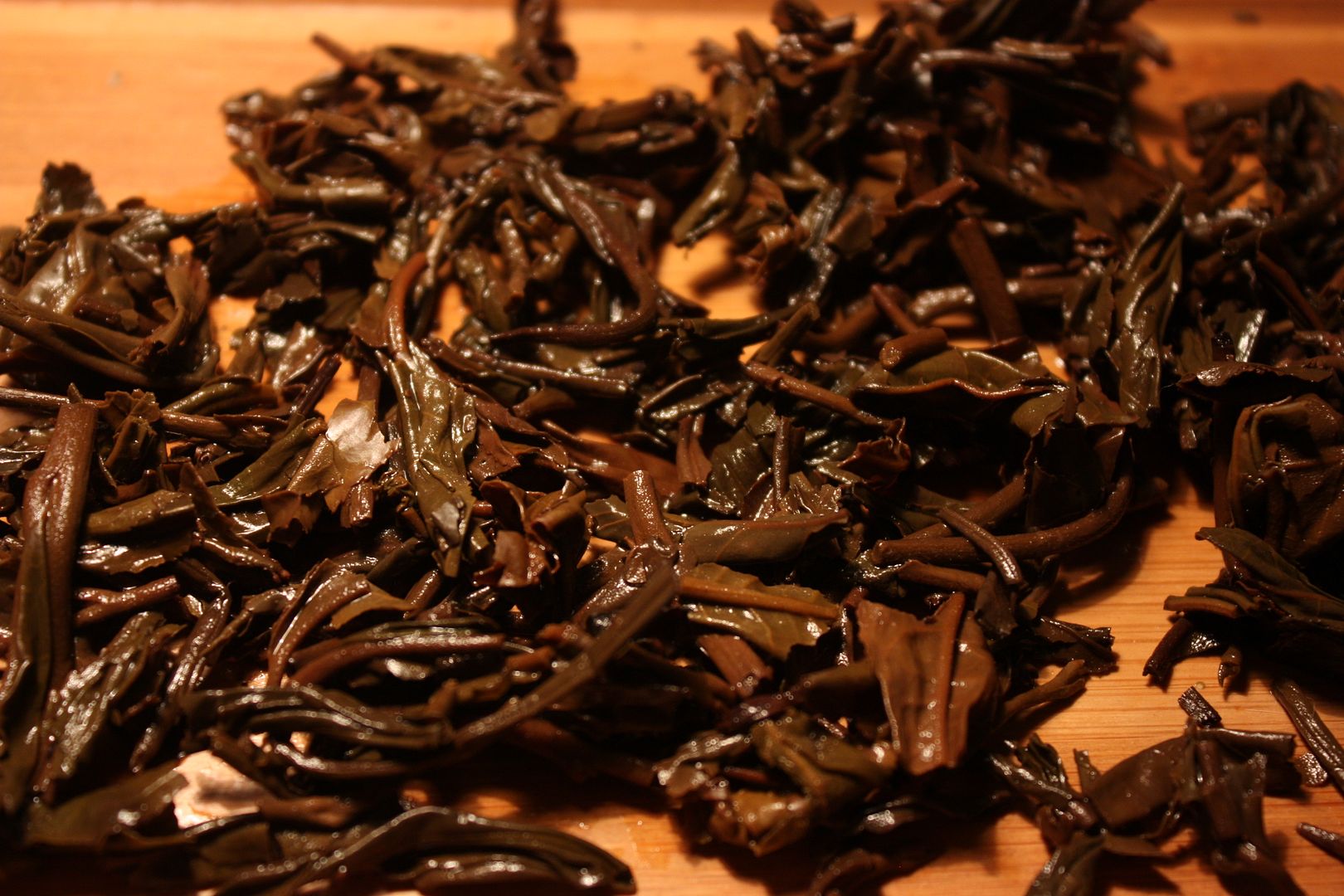
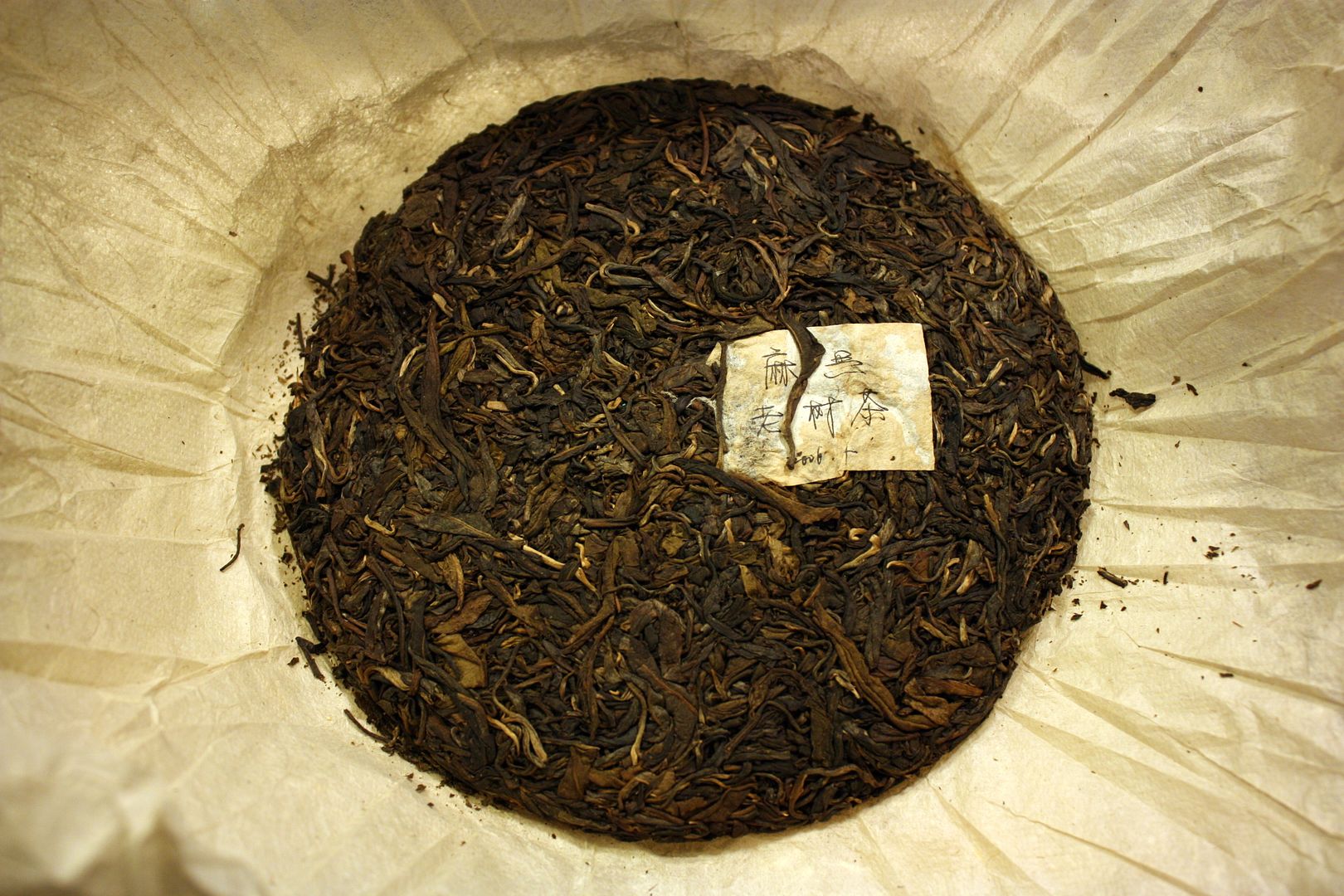
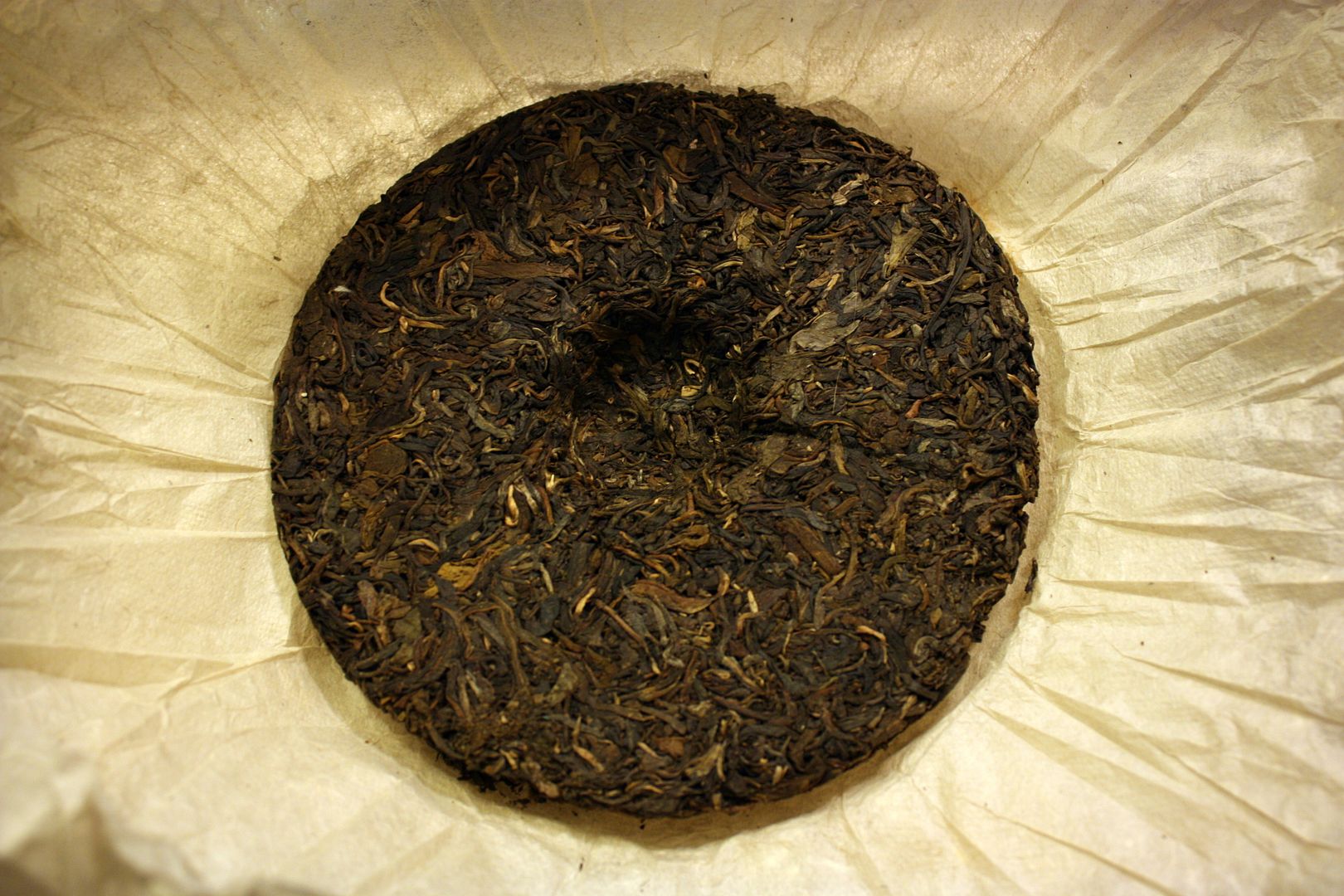
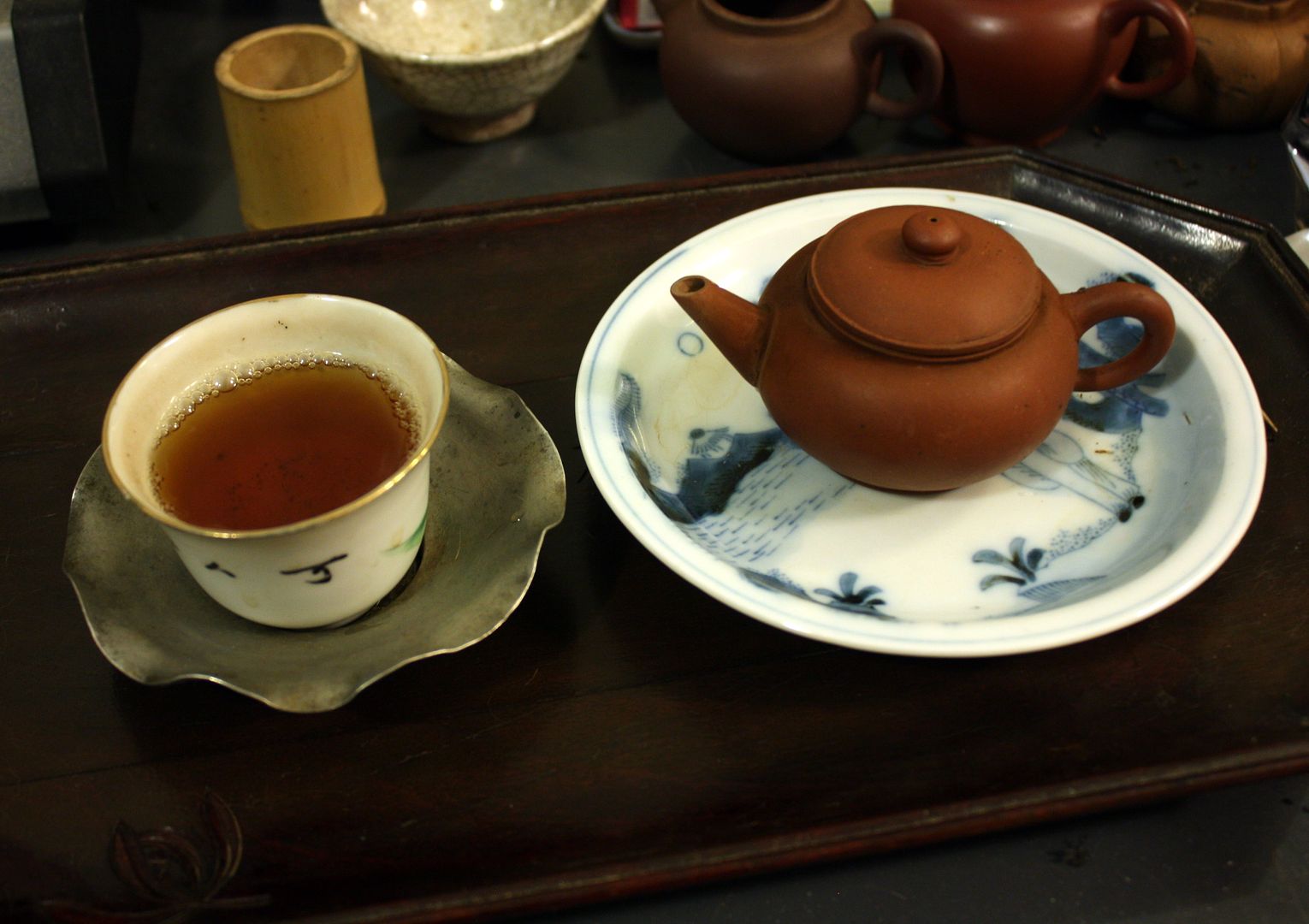

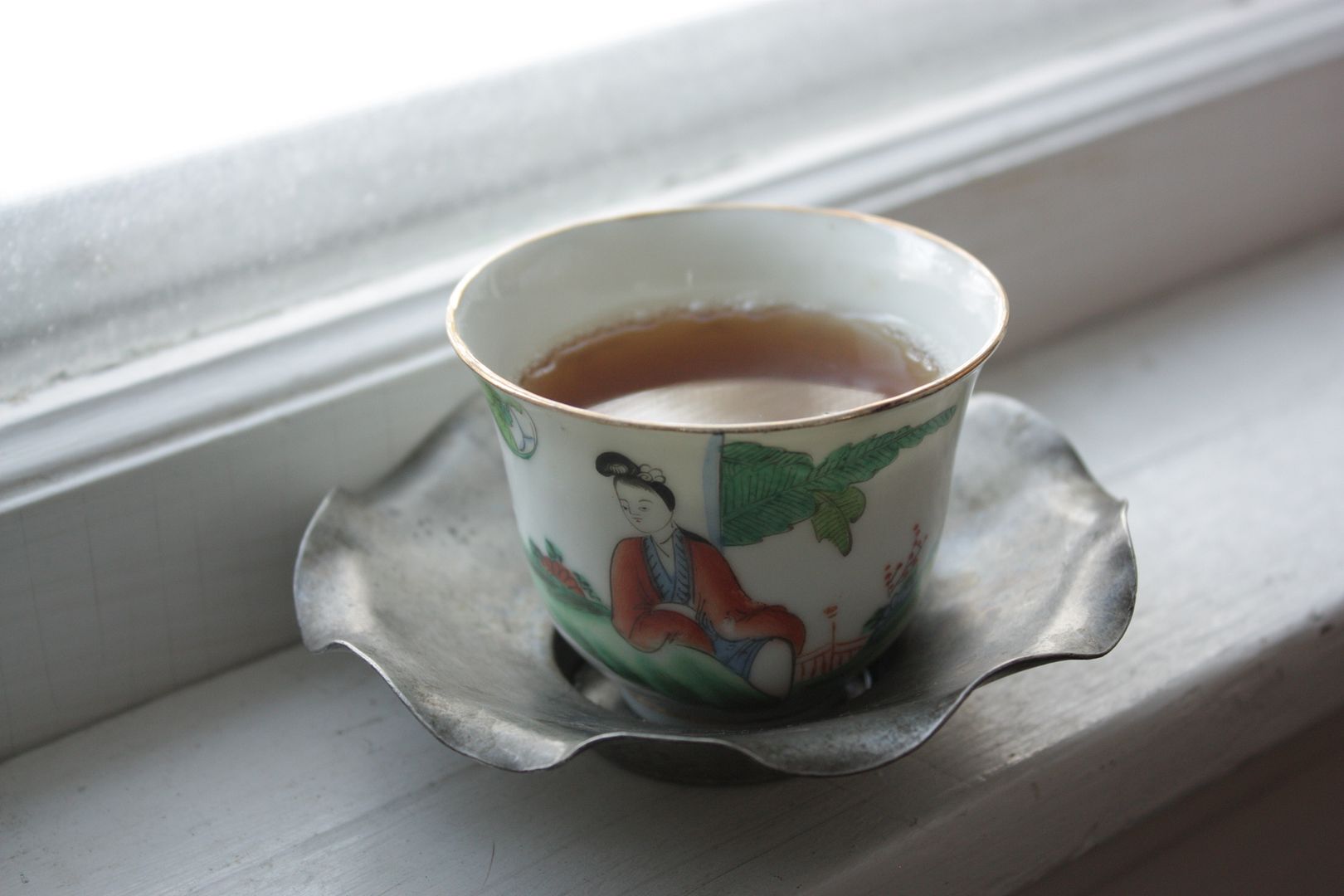
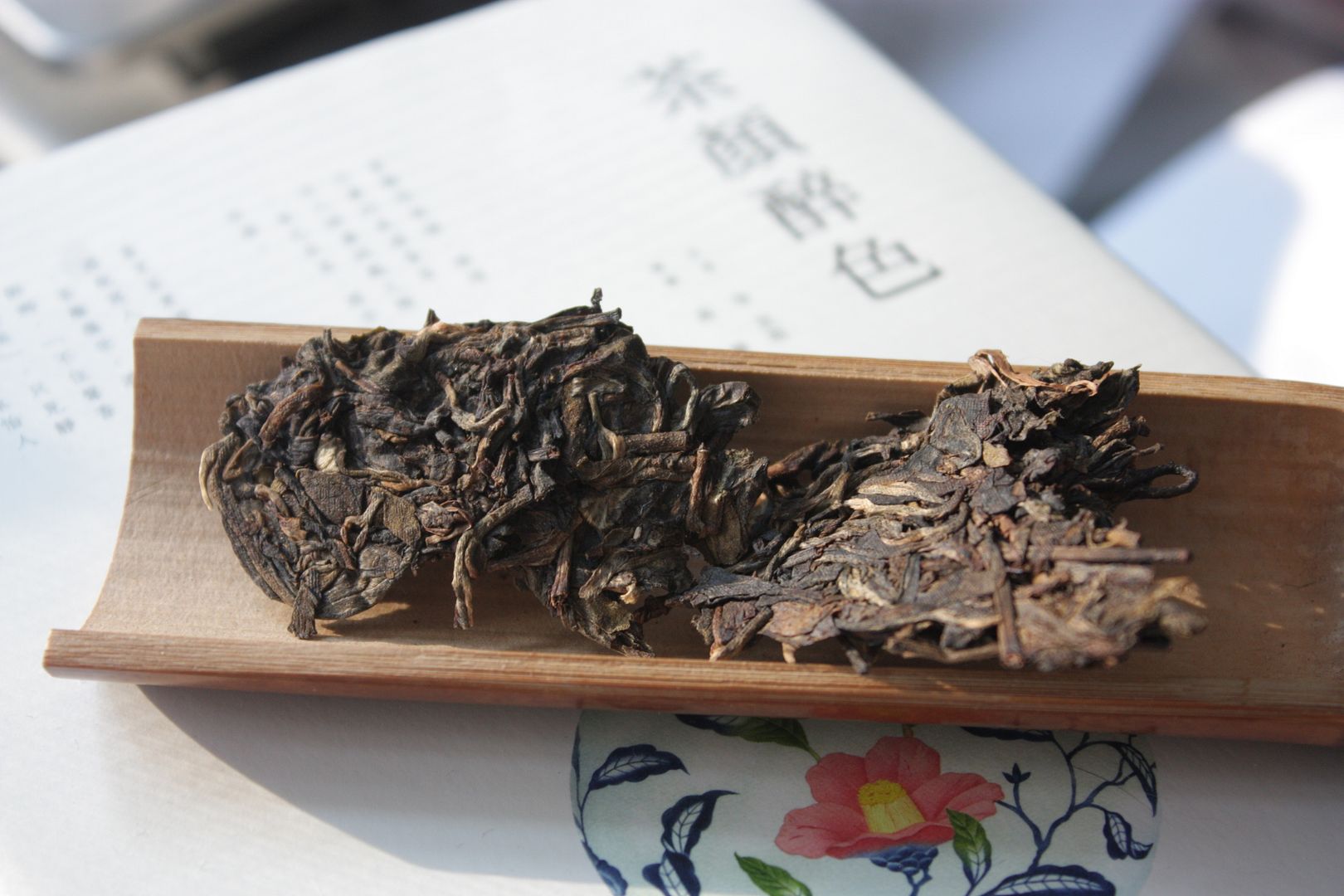

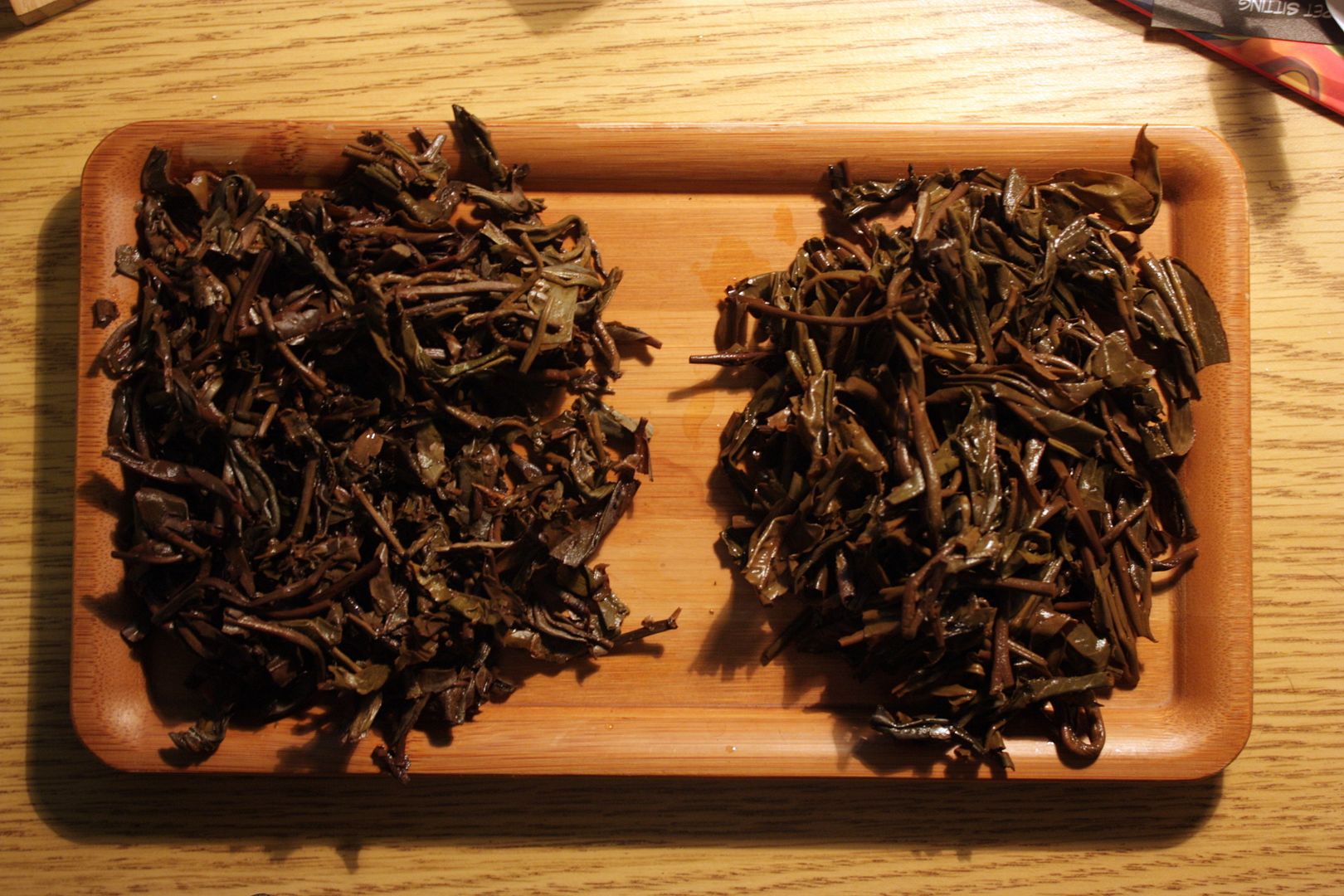
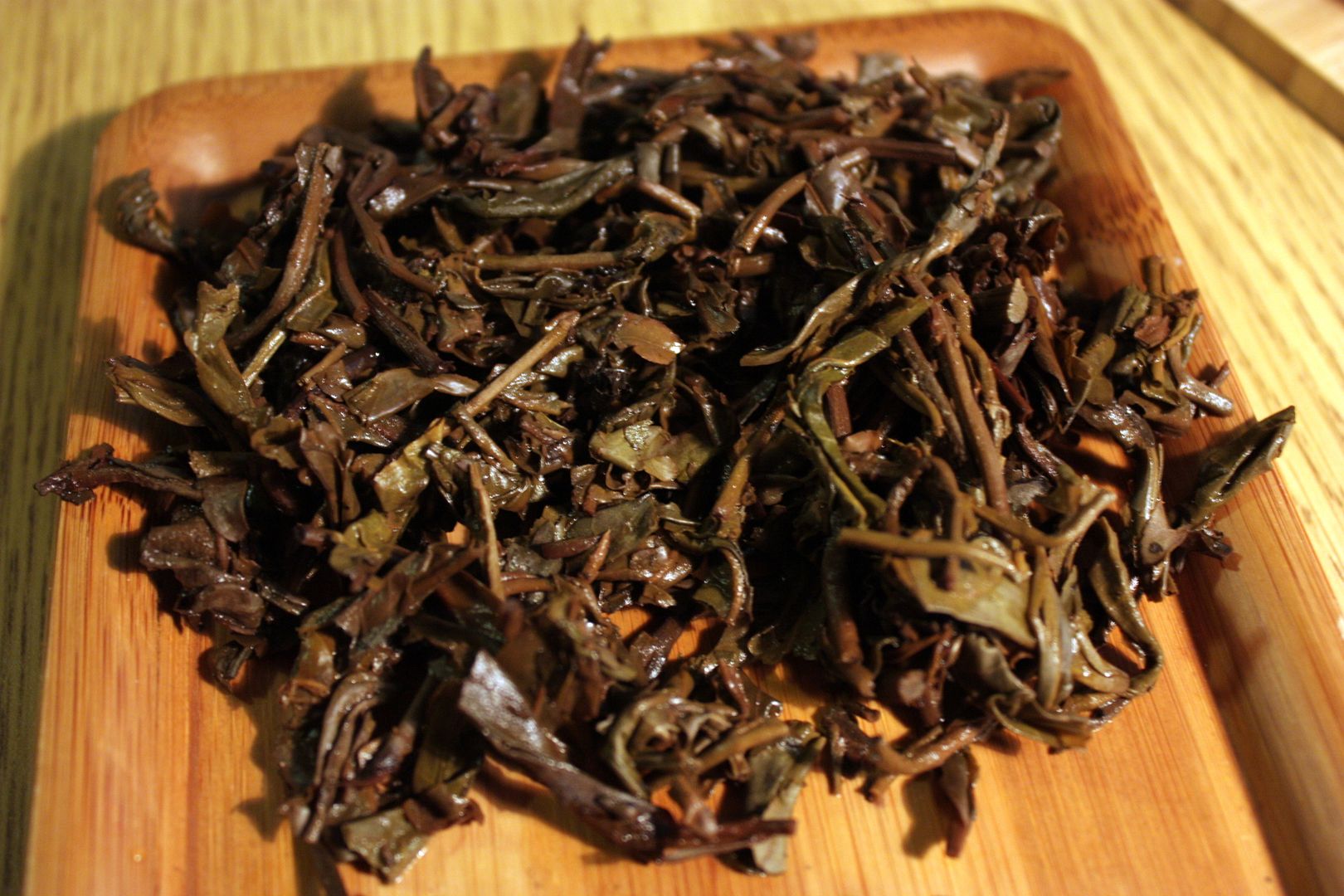
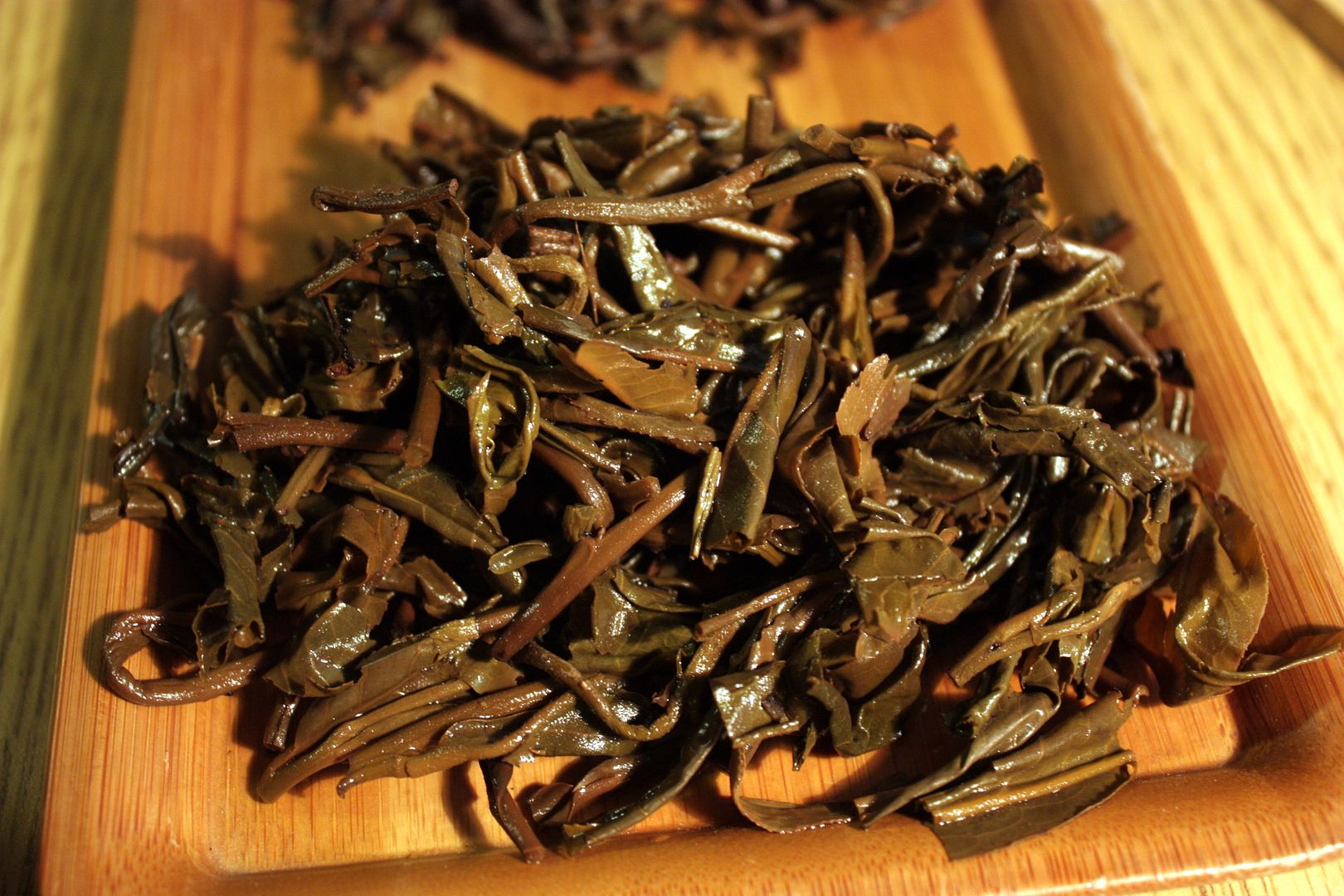


 RSS - Posts
RSS - Posts
Interesting.... would 250C in my oven work?